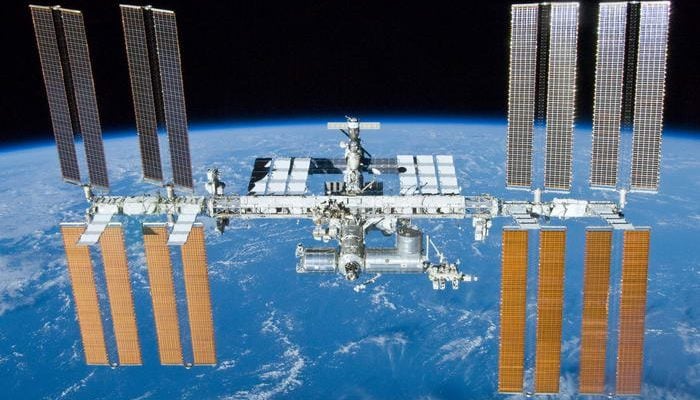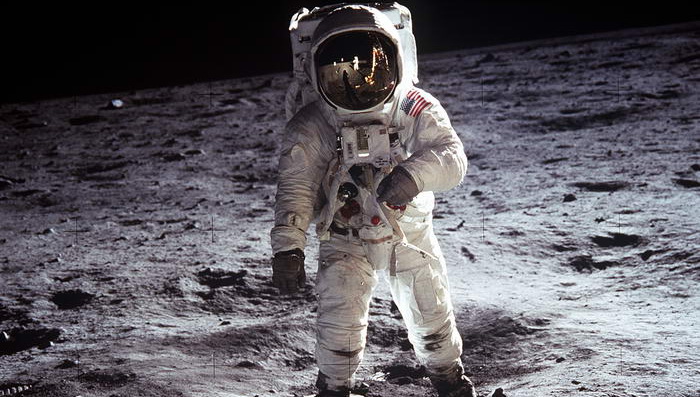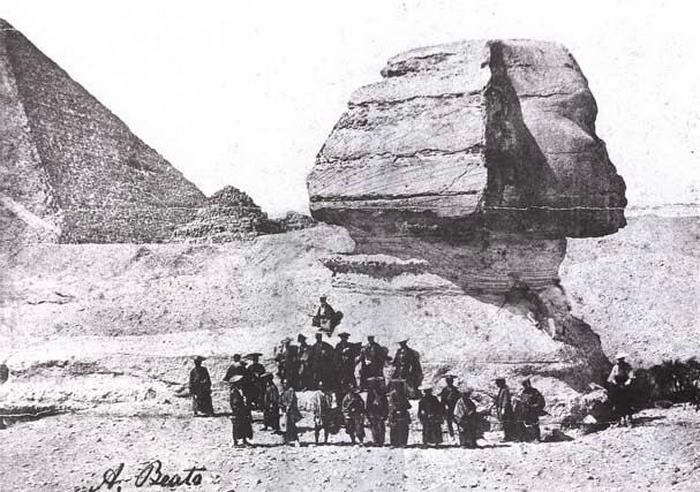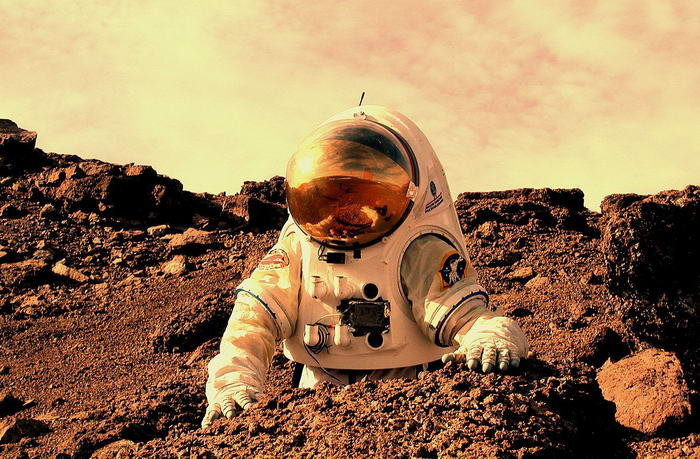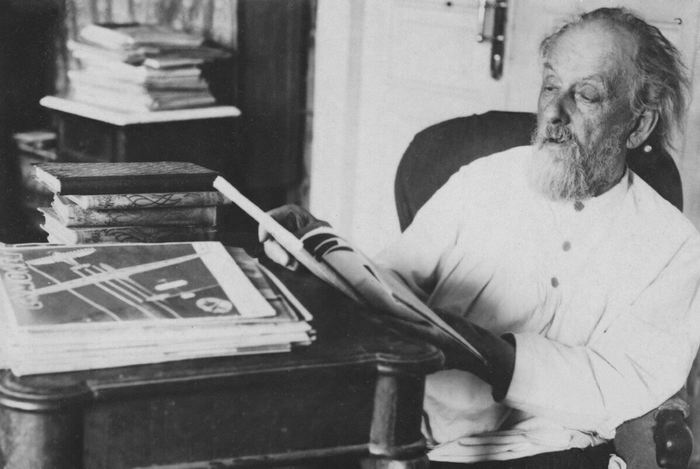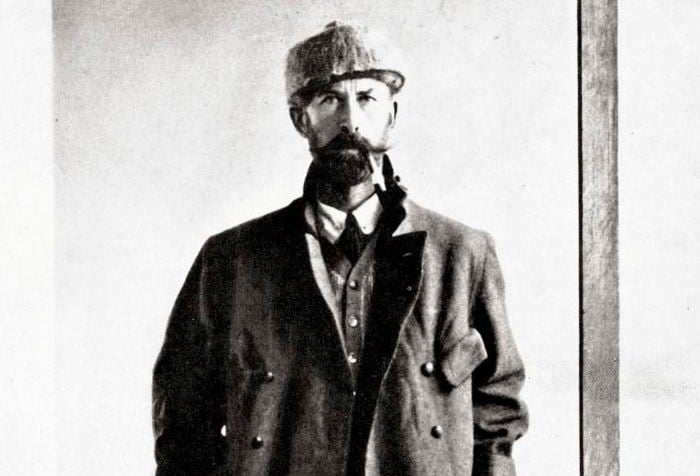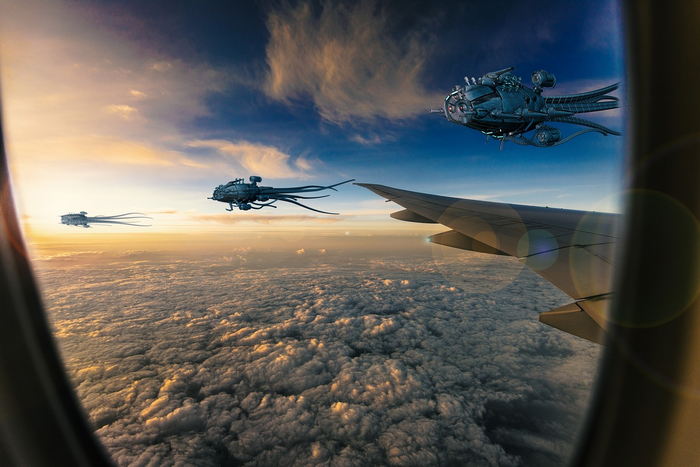Peer into the night sky, and what do you see? A massive expanse dotted with celestial bodies that trigger intrigue and a thirst for knowledge. This thirst is the primary fuel for our ventures into space exploration. But what drives this desire? What’s so appealing about understanding what’s out there in the vast cosmos?
Primarily, space exploration broadens our intellectual horizons. It helps us to decode the cosmic puzzles and gives us a glimpse into the mechanisms of the universe. Every advancement in this field enriches our knowledge of the cosmos. Additionally, making us realize how little we know and how much there is to learn.
Then, it’s about survival. Our Earth is a remarkable planet, but it’s also fragile. Natural disasters, climate change, overpopulation, and the depletion of resources pose serious threats. But space offers us possibilities – potential new homes, sources of energy, and materials that could ensure the continuity of human civilization. The very act of venturing into space also drives advancements in technology, innovation, and encourages scientific curiosity.
Moreover, space exploration is the epitome of international cooperation. Nations join hands, pooling resources and knowledge to embark on ambitious missions. It’s a field that transcends borders, promoting unity and peace.
Finally, it’s about the human spirit. The spirit of exploration, of daring to dream, and the courage to venture into the unknown. Space exploration is an embodiment of our very essence – our insatiable curiosity, our quest for knowledge, and our drive to push boundaries.
So, let’s go on a journey through time and space to revisit the most significant leaps in space exploration, the milestones that have shaped our understanding of the cosmos and opened up infinite possibilities. Stay tuned as we unravel the chronicles of humanity’s celestial endeavors.
10 – The First Image Taken of The Blue Marble
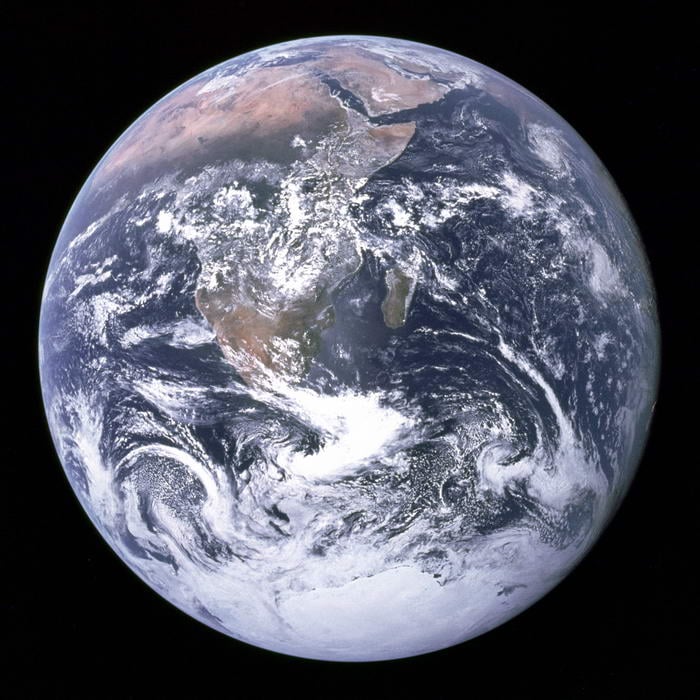
09 – The First Landing on the Surface of Mars
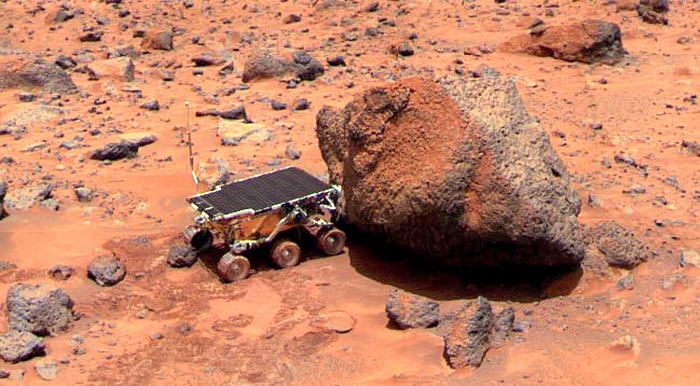
The spacecraft from the Mars Pathfinder mission landed on the red planet in 1997. Although the robot was only meant to work for the space of a few months, it ended up sending back thousands of images and billions of pieces of data over the space of an entire year. Through this mission, scientists learned more than they possibly could have hoped for about one of our nearest neighbour, which could lead to humans visiting Mars at some point in the future!
08 – The First Mission to an Outer Planet
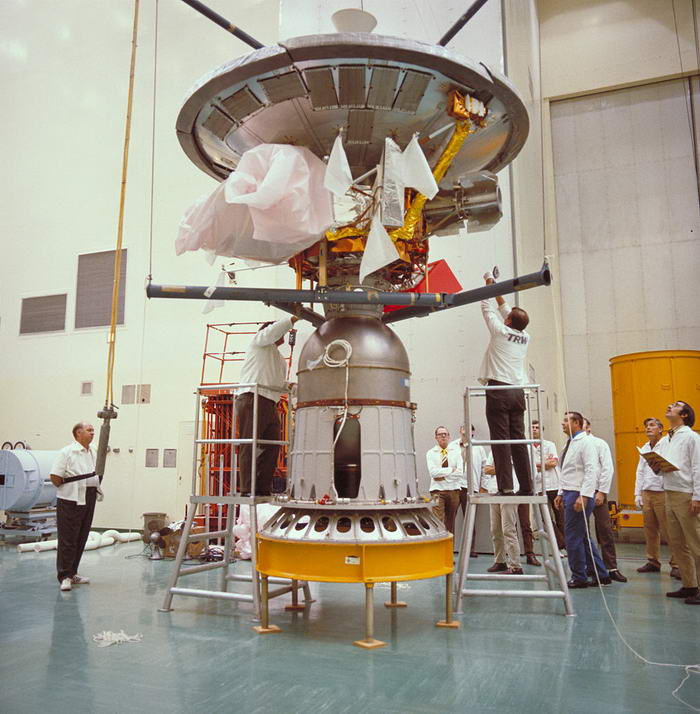
07 – The First Space Walk
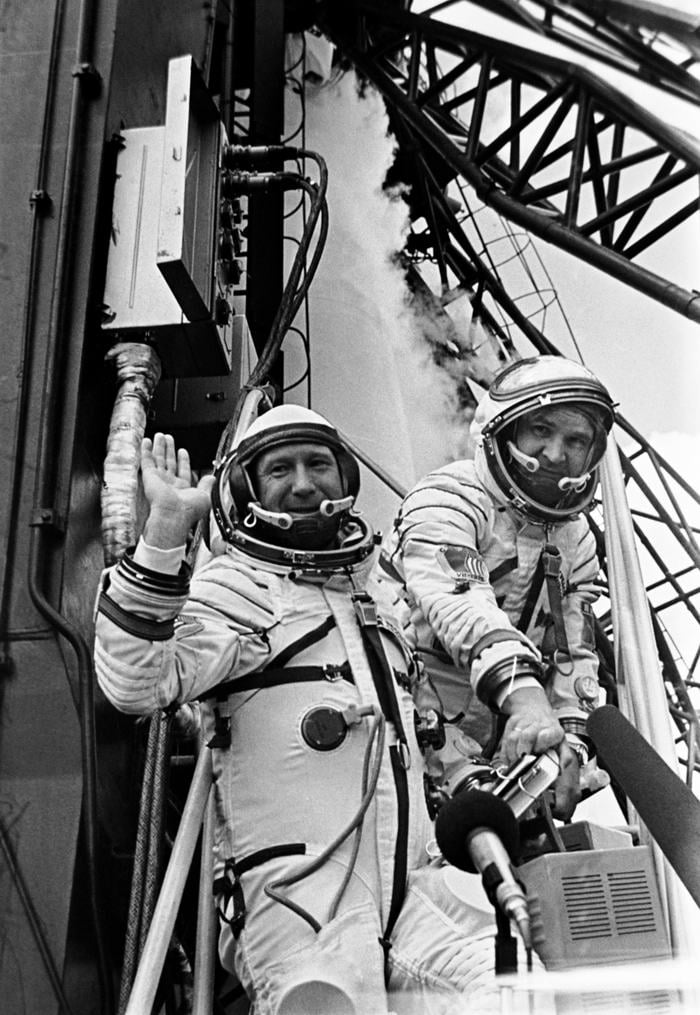
06 – The Launch of the International Space Station

The International Space Station (ISS) is a project for which the first components were launched in 1998; the first astronauts climbed aboard in 2000. Humans have been on board ever since, carrying out countless tests and experiments. These include space walks, tests on the effects of space and zero gravity on the human body, and even scientific experiments which have benefitted life back home. The discoveries that the astronauts have made are incredible, and the hope is that if enough is discovered about surviving in space for the long-term, humans will be able to venture even further out into the Universe and even to visit other planets…
05 – The First Man-made Satellite
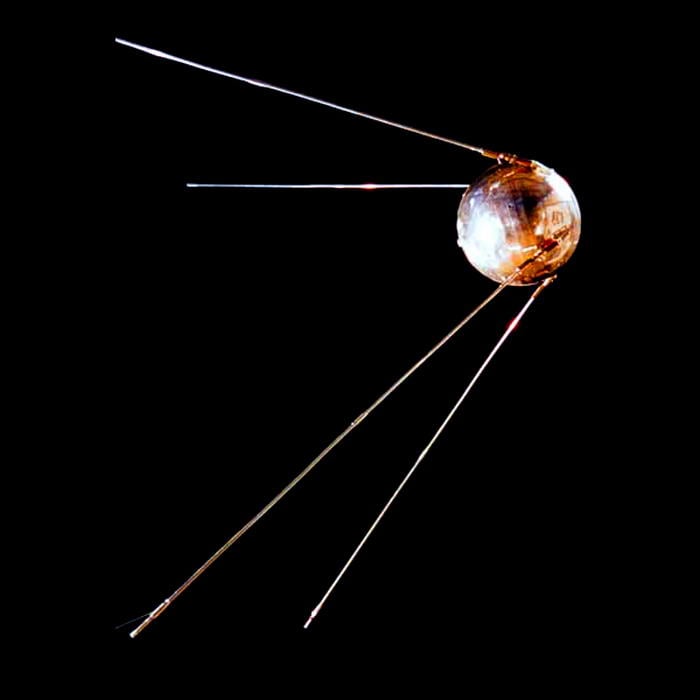
First up is the launch of the first artificial satellite, Sputnik 1, by the Soviet Union on October 4, 1957. This kick-started the space age, marking a significant leap in space exploration. The successful launch of Sputnik 1 proved that human-made objects could orbit the Earth. It may have been just a beeping sphere circling our planet. But its impact on science and technology was ground-breaking. This 184-pound metal sphere forced the world to look up and out into the cosmos, realizing that the sky was not the limit.
04 – The Launch of the Hubble Space Telescope
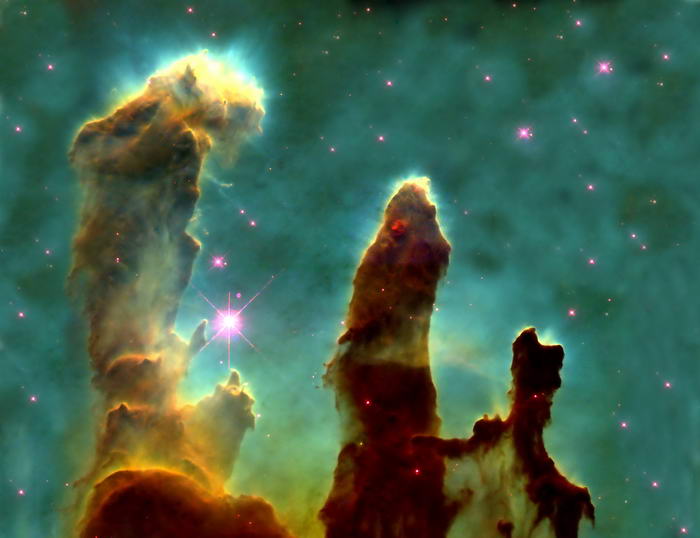
In 1990 the Hubble Space Telescope was launched, which was considered to be one of the most sophisticated pieces of technology ever to be sent into space. Since then, the data and images which have been sent back from the telescope have been astounding. Major scientific discoveries such as the rate at which the Universe is expanding have been made possible thanks to the Hubble Space Telescope. In addition, it has sent back some breath-taking, stunning and interesting images of spectacular features and phenomena throughout the Universe.
03 – The First Living Creature in Space
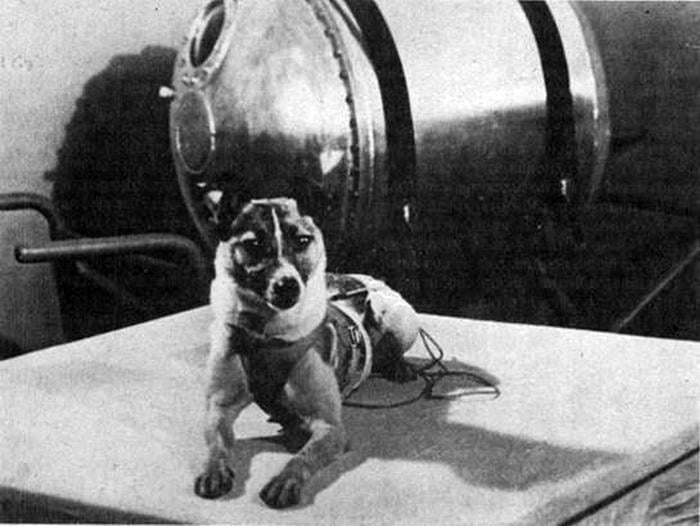
Before humans could head out beyond the Earth’s atmosphere, scientists had to be sure that living creatures could survive both the launch of a space craft and the zero gravity experience in space. So it was that in 1957 a stray cross-breed dog named Laika became the first living creature to go into space. She did survive the journey and for some time in zero gravity (thus proving that living creatures would make it). But sadly she died shortly afterwards. It was initially told that her oxygen ran out. But 45 years later, it became clear that she actually died from overheating as a result of a problem with one part of the space craft. However, this little dog has gone down in history, having paved the way for humans to follow suit and venture out into the great unknown.
02 – The First Person in Space

01 – The Moon Landing
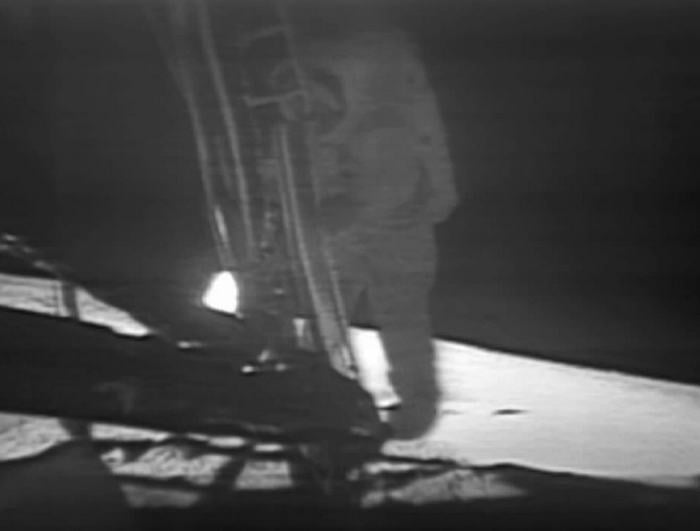
Bonus: The Launch of Falcon Heavy
An achievement that undeniably shifted the trajectory of space exploration occurred on February 6, 2018. That’s when we witnessed the jaw-dropping launch of SpaceX’s Falcon Heavy. Touted as the world’s most powerful operational rocket, its successful flight propelled us into a new era of space exploration.
Now, you may wonder, why all the fuss about Falcon Heavy? Let’s break it down. This beast of a machine has the ability to carry massive payloads to space. Think about it. Greater payload capacity means we can take more equipment, more experiments, and, ultimately, more humans into space. In other words, Falcon Heavy has taken the potential for human space exploration, placed it in a massive rocket-propelled basket, and shot it straight towards Mars.
Speaking of Mars, Falcon Heavy’s successful launch has undoubtedly bolstered the hopes of humans one day setting foot on the Red Planet. This isn’t just daydreaming; it’s an achievable goal, and Falcon Heavy is one of the vital pieces of the puzzle. The sheer power of this rocket could potentially transport crewed missions to Mars, breaking through the boundary of what has so far been humanly possible.
But let’s back up a bit. We’ve talked about the ‘what’ of Falcon Heavy, but what about the ‘who’? Falcon Heavy is the brainchild of SpaceX, a company built from the ground up by tech entrepreneur Elon Musk. SpaceX isn’t just any aerospace company. It’s a disruptor, an entity that’s shaken up the space industry, turning what was once the exclusive domain of governments into a playground for private enterprise. And in this new space playground, Falcon Heavy is undoubtedly one of the biggest kids on the block.
In the grand scheme of space exploration, Falcon Heavy’s launch was a game-changer. Not just for its technical capabilities, but for what it represented. It was a spectacle that reached out, grabbed the world’s attention, and said, “Look! Look what we’re capable of!” The launch of a car – yes, an actual car – into space wasn’t just showmanship.
What’s Next?
While we can’t predict the future, we can certainly appreciate the awe of the past and the promise of tomorrow. It’s been a remarkable journey so far, one that highlights humanity’s tenacity and quest for knowledge. Each breakthrough, each leap forward has brought us closer to answering fundamental questions about our place in the universe. And if history is any indication, the future of space exploration is bright, filled with potential discoveries and thrilling adventures. The sky is truly no limit.


